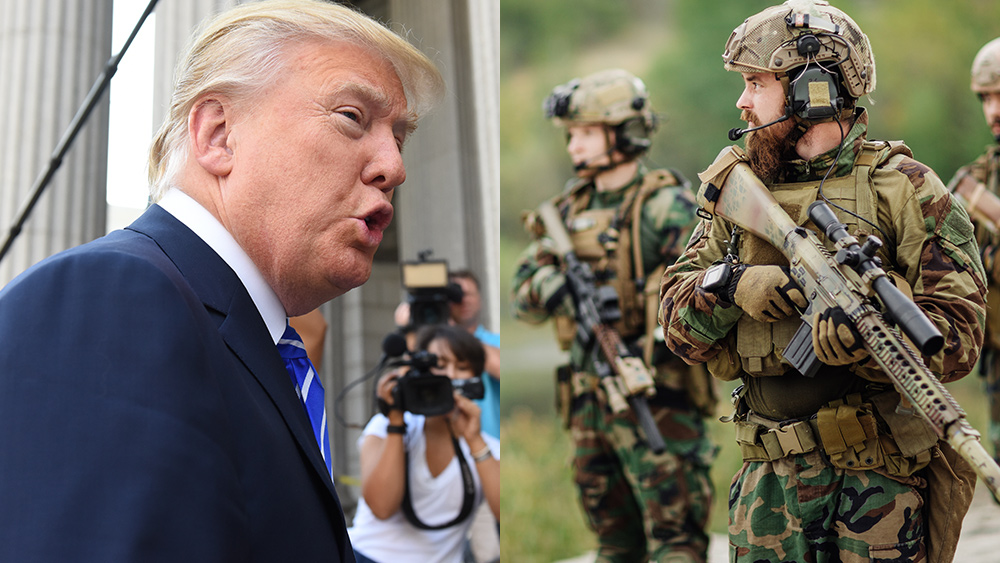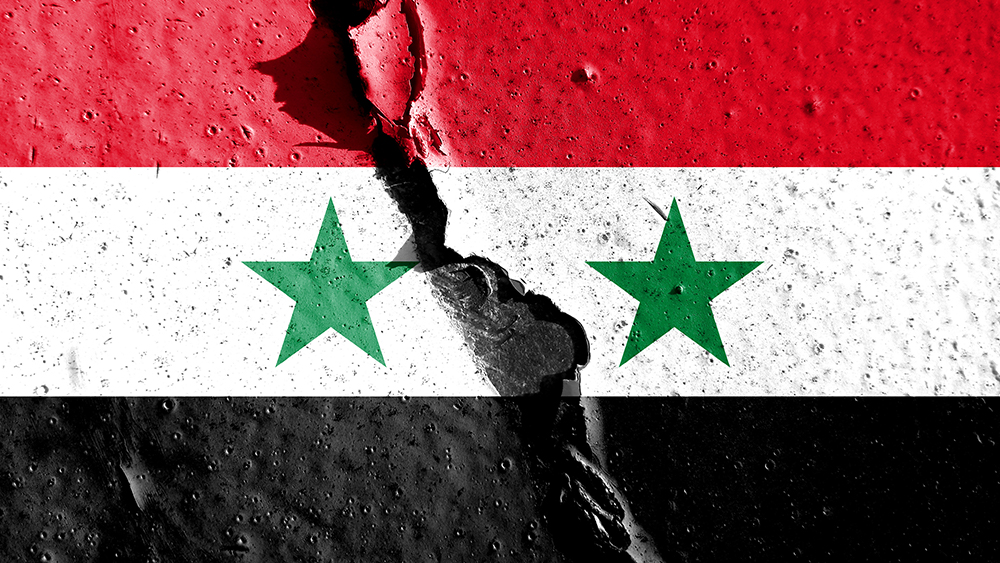
Beit Lahia issued a statement underscoring the catastrophic conditions: "We declare that the city is a disaster area due to the Israeli war of extermination and siege, and it has no food, water, hospitals, doctors, services, or communications."
This declaration followed a devastating Israeli attack the previous day, which targeted a residential building in Beit Lahia, resulting in the deaths of at least 109 Palestinians, including over two dozen children, with many others injured.
On the same day, fresh shelling claimed the lives of at least 14 additional civilians. The city has been under a total siege since early October, part of what has been described as an ethnic cleansing campaign targeting northern Gaza, known as the "general's plan." (Related: Israel's settler movement makes "real estate" plans while Gaza burns to the ground.)
The Kamal Adwan Hospital, a crucial medical facility in Beit Lahia, has also been hit, rendering it unable to provide care for the wounded. Director of Nursing Dr. Eid Sabbah described the dire situation, stating that rescuers from Gaza’s Civil Defense have been unable to reach the injured.
"Whoever is injured just lies there on the ground, and those who are deceased can only be transported by mule-drawn cart," he lamented, highlighting the desperation faced by the community.
Other parts of Gaza have also experienced significant Israeli strikes. Reports indicate that at least seven individuals were killed in Khan Younis due to Israeli bombardments on residential structures, while six more perished in central Gaza from separate attacks on tents that were sheltering displaced families. According to Gaza's Health Ministry, the death toll from the Israeli assault over the past 24 hours alone reached at least 102, with 287 people reported injured. This tally does not include those who are missing and presumed dead under the rubble.
Humanitarian crisis in northern Gaza getting worse
Since the beginning of hostilities in October 2023, the Gaza Health Ministry has reported a staggering total of 43,163 fatalities, alongside 101,510 injuries. A group of American healthcare workers who volunteered in Gaza estimated that the Israeli campaign has resulted in at least 118,908 Palestinian deaths, including those attributed to the indirect consequences of the siege.
Beit Lahia's disaster zone declaration reflects a broader humanitarian crisis exacerbated by ongoing military operations, particularly around the Jabaliya refugee camp. Thousands of displaced residents are struggling to survive without access to basic necessities such as food and clean water. Medical facilities have become virtually non-functional, leaving many without essential care.
A spokesperson for the Palestine Red Crescent Society described the situation as "catastrophic," while global charity Oxfam reported its inability to reach affected populations in northern Gaza. The organization accused the Israeli military of utilizing starvation as a method of warfare.
"This is why the municipality in Beit Lahia has declared the northern part of the strip a disaster area, indicating there is nothing to sustain life there," Al Jazeera's Hani Mahmoud reported from Gaza.
Sam Rose, senior deputy director of the United Nations Relief and Works Agency for Palestine Refugees in the Near East, characterized the conditions in northern Gaza as "absolutely desperate," calling the situation horrific for a population already on its knees. According to the Gaza Ministry of Health, the siege has already claimed around 800 lives.
Watch this Al Jazeera report discussing Israel's siege of hospitals in northern Gaza.
This video is from the Cynthia's Pursuit of Truth channel on Brighteon.com.
More related stories:
IDF traps 100,000 civilians in northern Gaza "extermination zone" where they will now STARVE.
CALL FOR GENOCIDE: Daughter of Israeli soldier wants "every last Palestinian in Gaza dead."
Anti-Zionist Jewish group says Israel is "perpetrating a holocaust" in Gaza.
Israeli army ethnically cleanses half of Jabalia refugee camp in Gaza: Schools burned, men kidnapped.
Israel plotting to annex Gaza and turn it into prime real estate for settlers.
Sources include:
Please contact us for more information.





















